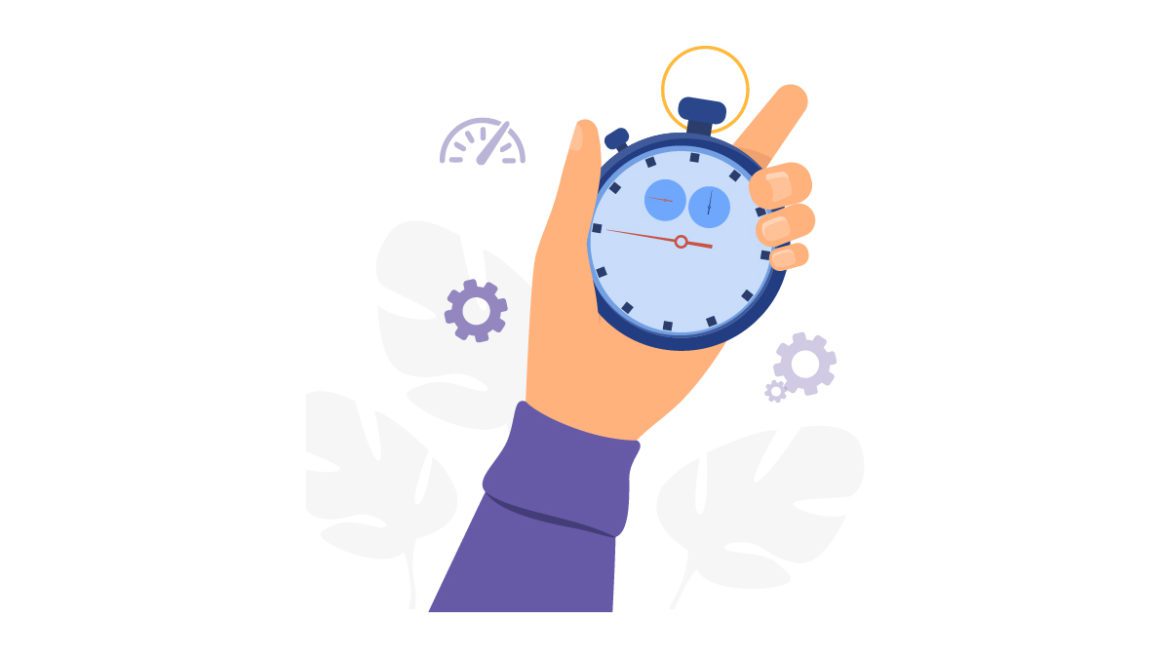Increased productivity is a goal that all of us share no matter what we do. But with tasks that pile up every single day, it can be difficult to continue one’s efforts every single day. Add to that the pressure of perfection, and what you get is a cocktail of anxiety while you crave a digital detox. To avoid such exhaustion, it is important to find one’s way of work that results in increased productivity. In this article, we explore one such productivity tool- the Pomodoro technique.
What is Pomodoro technique?

The Pomodoro technique was invented in the early 1990s by Francesco Cirillo, a developer, and entrepreneur. He came up with this technique as he found himself struggling with too many tasks and projects during his college days. Soon he realized that working in a few short periods of time was more suitable to achieve increased productivity rather than working for longer stretches. He used a kitchen timer shaped like a tomato (‘Pomodoro’ is the Italian word for ‘tomato’) to keep a track of his work and break schedules.
How does the pomodoro technique work for increased productivity?
The Pomodoro technique has a core structure of steps that can be improvised according to one’s preference. But the system of work periods with interspersed breaks remains the same. Here is the basis of one Pomodoro session:
- Decide on the task to be done.
Before you begin your Pomodoro session, decide your goal. Write down a task that you intend to finish in this one session. If it’s a task that cannot be done in one Pomodoro session then simply break the task into smaller tasks. Thus you can take 2 sessions to finish off complex tasks too and achieve increased productivity. Also, if a task is too small to be completed in even one session, then you can either club more than one small task, like email management and checking your inbox, together.
- Set the Pomodoro timer (typically for 25 minutes).
Now that you know what your goal is, set the Pomodoro timer to 25 minutes. This can either be done using a stopwatch, or an alarm, or by simply noting down the time you begin your session. The only intention here is to time your work session and remind you not to overwork for increased productivity.
- Work on the task.
Once the timer is set, you can get down to work. Throughout the duration of the session, you will pay your full attention to the task affirmed for increased productivity. If you remember any other task during this period, just note it down to be taken care of later. Pay no heed to any distractions that can be dealt with later. But if an emergency does crop up, just pause the timer and get back to work once the emergency is handled.
- Take a break
End work when the timer rings and take a short break (typically 5–10 minutes). During this break, you can take a short walk, or enjoy music or interact with your family or friends. You can even undertake some house chores or unwind completely. The goal is to make sure that this break is not work-related to help you have increased productivity in the long run.
- Continue working
If you have fewer than three Pomodoros, go back to Step 2 and repeat until you go through all three Pomodoros. This spare Pomodoro can be used for smaller tasks to be done together. These can include managing your emails, getting your inbox to zero, or even reviewing the rest of your tasks for increased productivity.
- Take a longer break
After three Pomodoros are done, take the fourth Pomodoro and then take a long break (traditionally 20 to 30 minutes). Again, this break should ideally be something not related to work thus helping you completely relax. These longer breaks can be used to have your meals or go on a scenic walk or even indulge in a hobby.
Once the long break is finished, return to step 2.
Is the Pomodoro technique effective for increased productivity?
Now that we know all we need to know about the Pomodoro technique, let us know if it does really work. Here are the benefits and ways in which Pomodoro improves productivity.
1. The Pomodoro technique improves focus
Focus and concentration on a particular task are the basis of having increased productivity. Pomodoro hence ensures that one pays optimum attention to the task at hand. All factors that can lower productivity, like distractions, disturbances, shallow work, etc, are kept at bay. Thus this ensures a better quality of work as we use the Pomodoro technique as a tool for productivity.
2. Time saved leads to increased productivity
As the number of tasks we commit to increases, so does the need for better time efficiency. Productivity tools like the Pomodoro technique allow us to schedule our work such that we entirely focus on one given task. Thus, a task that would otherwise take longer to be completed because of distractions, would now take much less time. The Pomodoro timer is hence a tool for time efficiency too.
3. Pomodoro technique also improves efficiency
The Pomodoro technique ensures that a time and schedule are followed when it comes to task execution. Thus we are at liberty to finish the task at hand much faster and increase time efficiency. This also lets us unplug from work as we focus on ourselves and our lives outside work.
4. prioritization also results in increased productivity
Focusing on getting work done and staying busy should not be the priorities in a company. If proper priorities are not set, we tend to fill our time up with shallow work and menial tasks. Thus we eventually are left with no time and patience left for important tasks. In order to grow in your workplace, working with better consistency is necessary.
Use the Pomodoro technique and enjoy increased productivity
Various productivity tools are available according to our needs and work style. Some might find the Pomodoro technique apt while some might like other work styles like deep work. No matter what style you choose, all aim for increased productivity with focus and time efficiency as the main tools. Thus when one has a stronghold over one’s productivity skills and time management skills, one can achieve all levels of success.
FAQs
When one achieves better output with the same or lesser input, it causes an increase in productivity.
If you could reach your inbox zero in 30 minutes, but now an email management software helps you reach inbox zero in 15, then you are said to have increased productivity.
Increased productivity leads to better profits, better time efficiency and lesser labour costs in a business.
Improving productivity is the act of being more efficient at one’s work than one was before.




